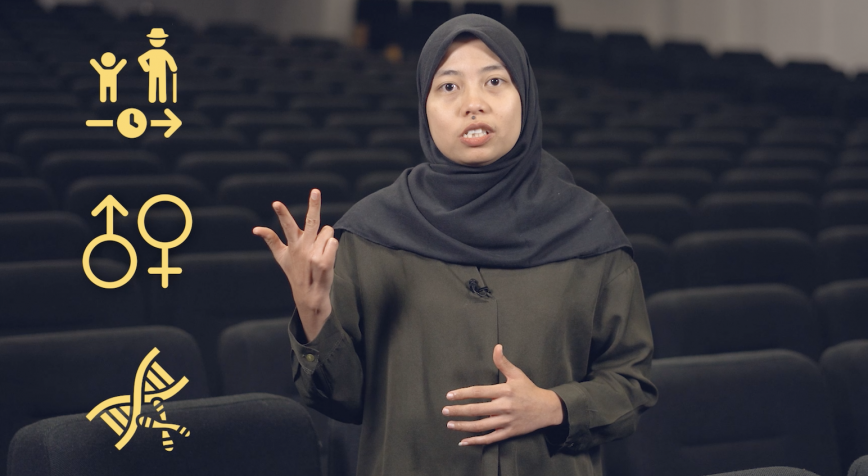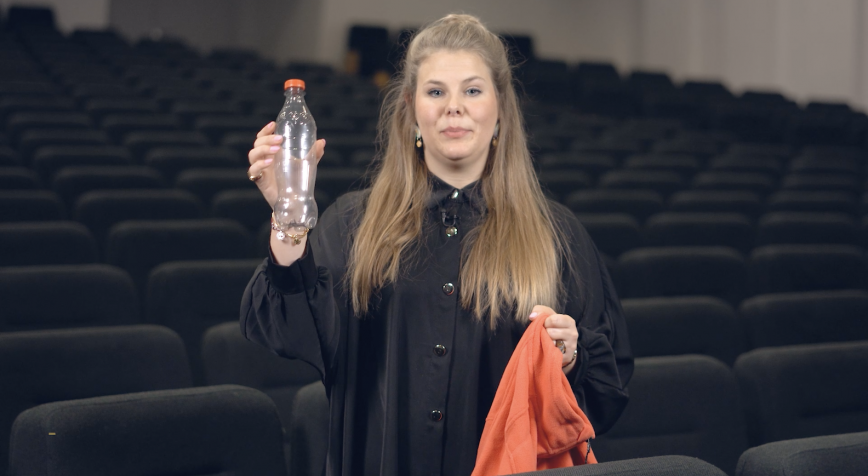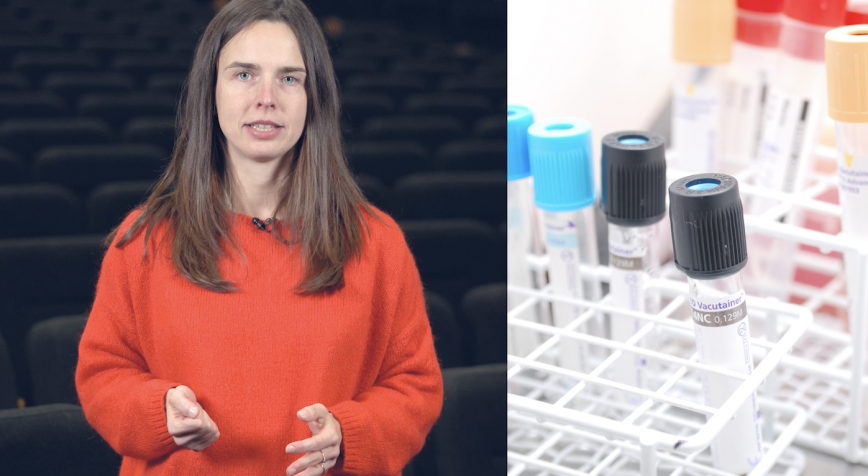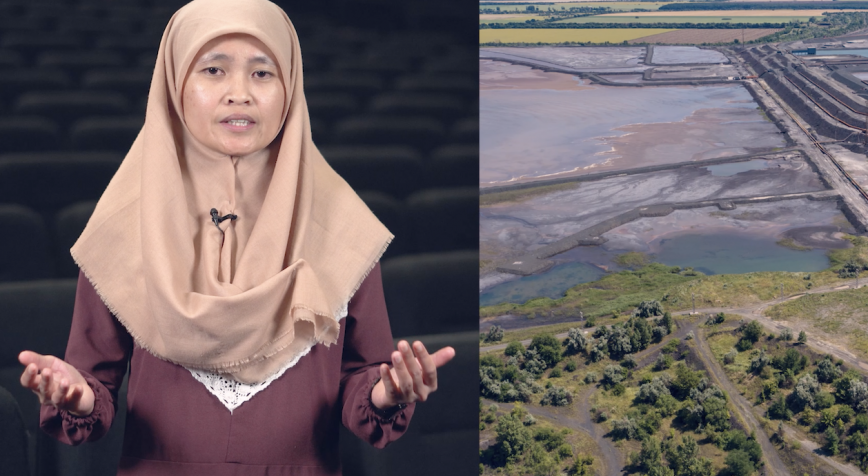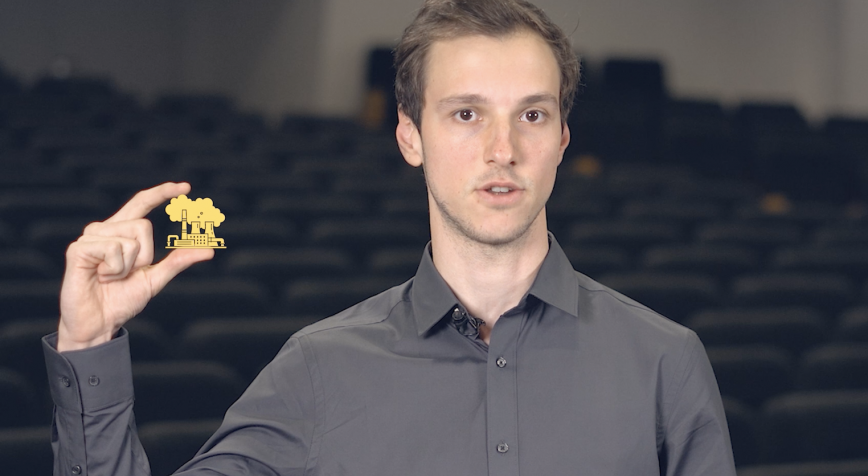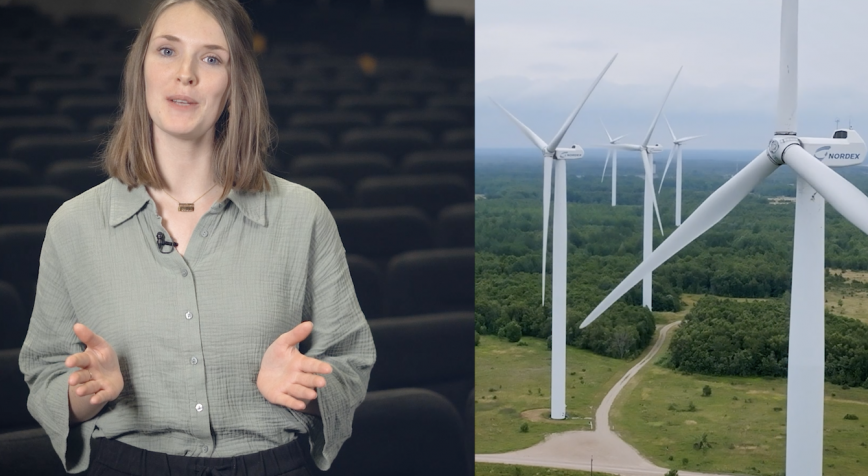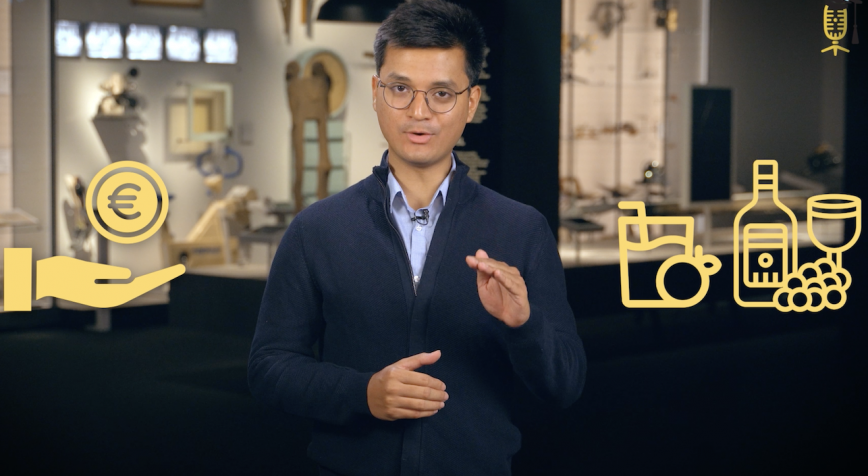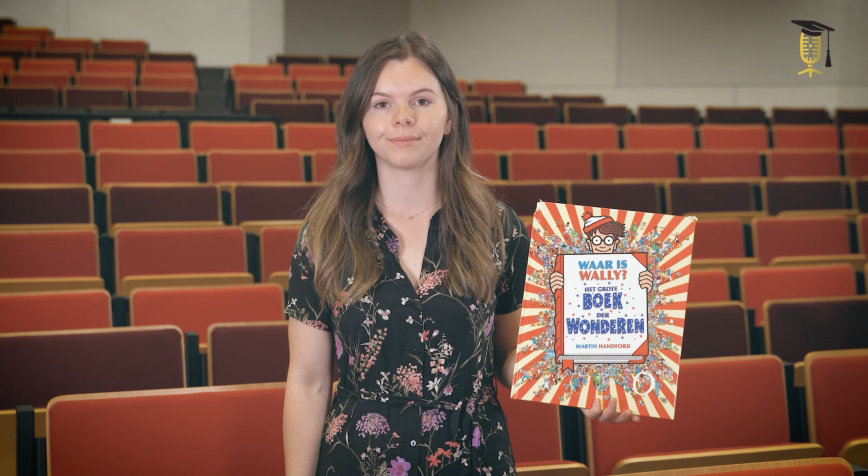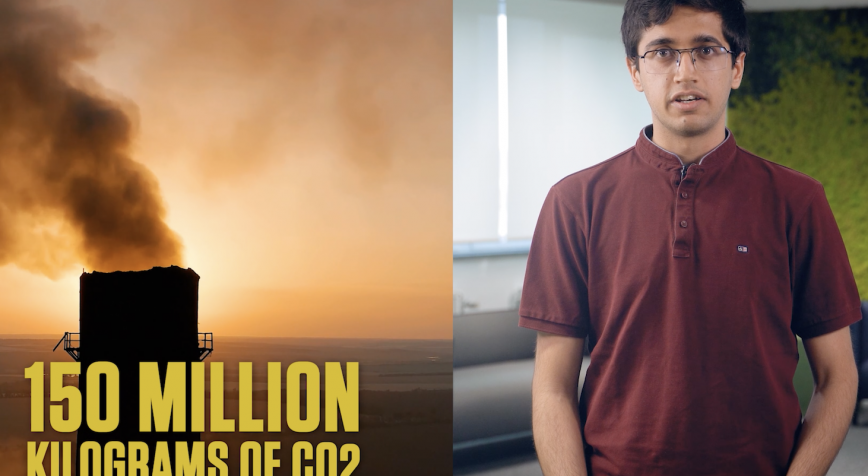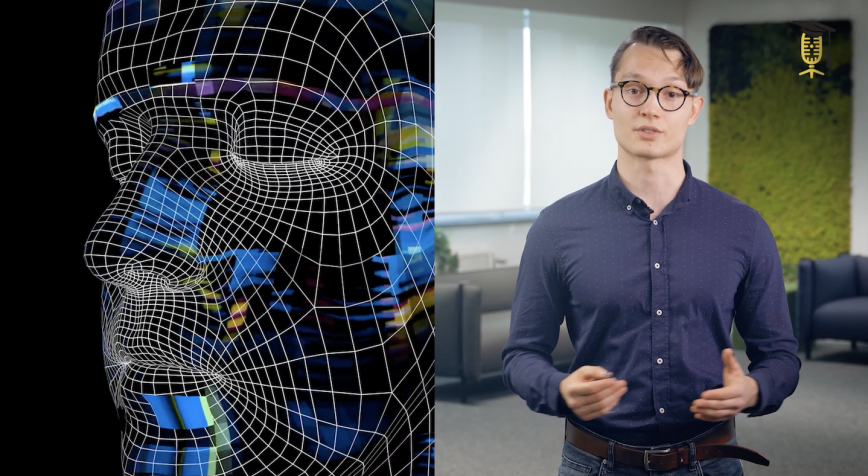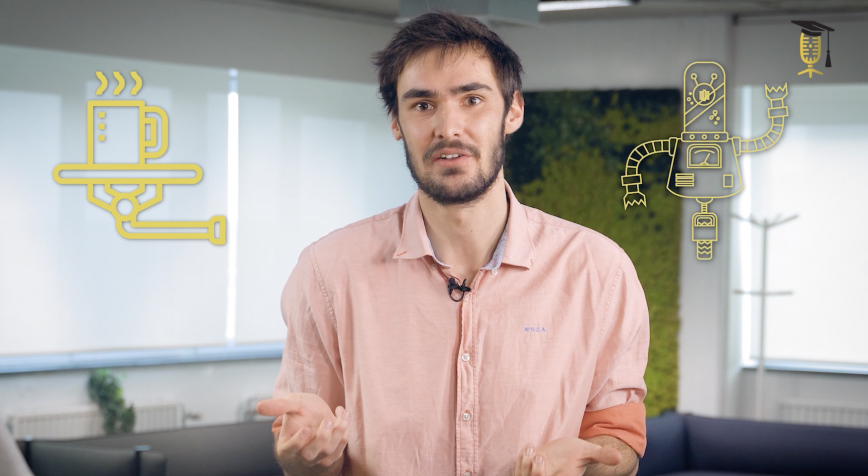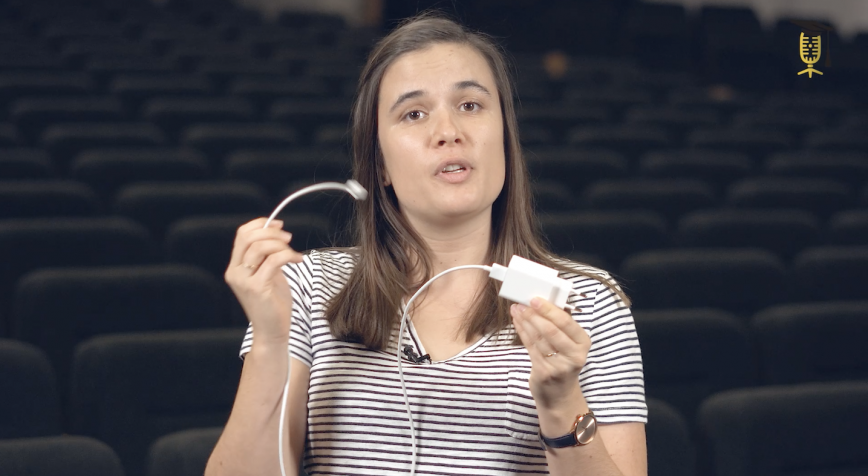
KU Leuven
VITO
From AC to DC: making our electricity grid future proof
Modern electrical devices, such as the smartphone or the electric cars, work with direct current (DC) while our power grid works with alternating current (AC). Therefore, you need e.g. a charger, which converts one type of current to the other. So shouldn't we switch to a DC electricity grid? In her PhD, Leonie Hallemans investigates how we can make such new DC grids as safe as our old AC grid.
